Ferrari underlines that its 2025 Formula 1 development is focused on performance rather than individual driving styles amid speculation the SF-25 favours either Lewis Hamilton or Charles Leclerc.
This season has not gone according to plan for the Scuderia, with both drivers still chasing their first win of 2025 as ongoing issues with the car continue to hamper Ferrari’s campaign.
While Leclerc has fared better, securing a couple of podiums, the team remains far from meeting its own lofty expectations.
During the British Grand Prix weekend, the media questioned deputy Team Principal Jerome D’Ambrosio how much influence a driver can have on the design of the car.
In the context of mixed results and rumours of driver bias, D’Ambrosio stressed Ferrari’s development focuses on performance, not individual preferences.
“We have to be careful when we say that a car is built around this or that,” he told AutoRacer.it.
“The car is always built around trying to extract maximum potential, to have maximum downforce.
“The fact that Loic [Serra] worked with Lewis for several years at Mercedes obviously helps with communication, but Loic has a great relationship with Charles.
“A couple of times a year, we sit down with both drivers, discuss everything, put everything on the table, and try to understand what their needs are and how we can translate them into development.
“The point is that we are working, we are trying to improve the performance of the car in different areas, and that is what we are focusing on as much as possible: the result, on the track, and the positioning compared to the competition, are ultimately the result of a process. You have to focus on a process.”
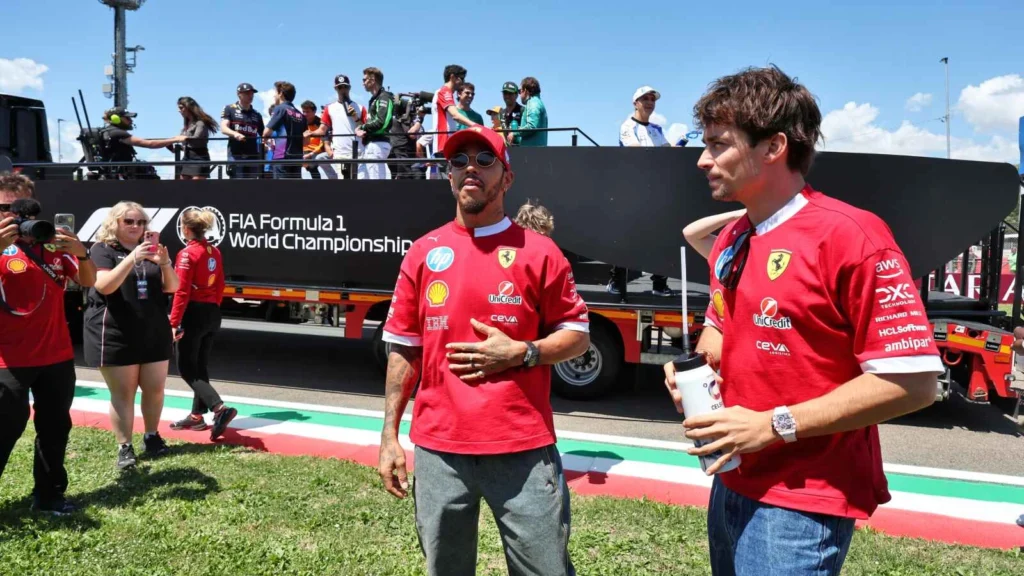
D’Ambrosio on balancing performance and driver preferences
A key part of Ferrari’s approach is balancing the drivers’ feedback without favouring one over the other.
D’Ambrosio went on to highlight the current focus on extracting maximum performance from the car while managing its inherent balance challenges under the current regulations.
“At the moment, it’s definitely about getting the most out of the car; there’s a certain need in terms of balance,” he said.
“Charles moved towards a slightly more oversteering car for a few races, and it worked well.
“Lewis has moved in that direction recently and is making things work. In the end, I think it’s an aspect of the current regulations.
“We see a lot of nervousness on entry, and I think that’s due to the regulations and their limitations in terms of performance – it’s a fact of life.
“I think the cars are nervous, and the drivers have to be able to handle them to a certain extent.”
The development phases – maximising performance then tailoring to drivers
He also downplayed the idea that the development struggle is about shifting the car towards one driver’s characteristics.
“Obviously, you listen to the suggestions of the drivers, both of them,” D’Ambrosio added.
“It’s funny because when you have meetings at the factory, the drivers often converge a lot on what they need, conceptually, from the car.
“When we have these discussions, we try to take these things into consideration. Obviously, there is a part of development that simply consists of bringing a package that maximises downforce and performance.
“But then there are a lot of things you can do to make sure the drivers have everything they need to try to work and make the car fit their driving style as much as possible.
“There are two phases, and I don’t think they are completely unrelated.
“Overall, I think there are certain balances in the car, a general framework that we know delivers performance, and then in the second phase, there are the details of what the driver might need.
“In this regard, it is essential to listen to the drivers with changes that we know about, mechanical changes that we know will come in the next race (the new rear suspension, etc).”
READ MORE – Lewis Hamilton insists collaboration with Ferrari F1 engineer on the right track

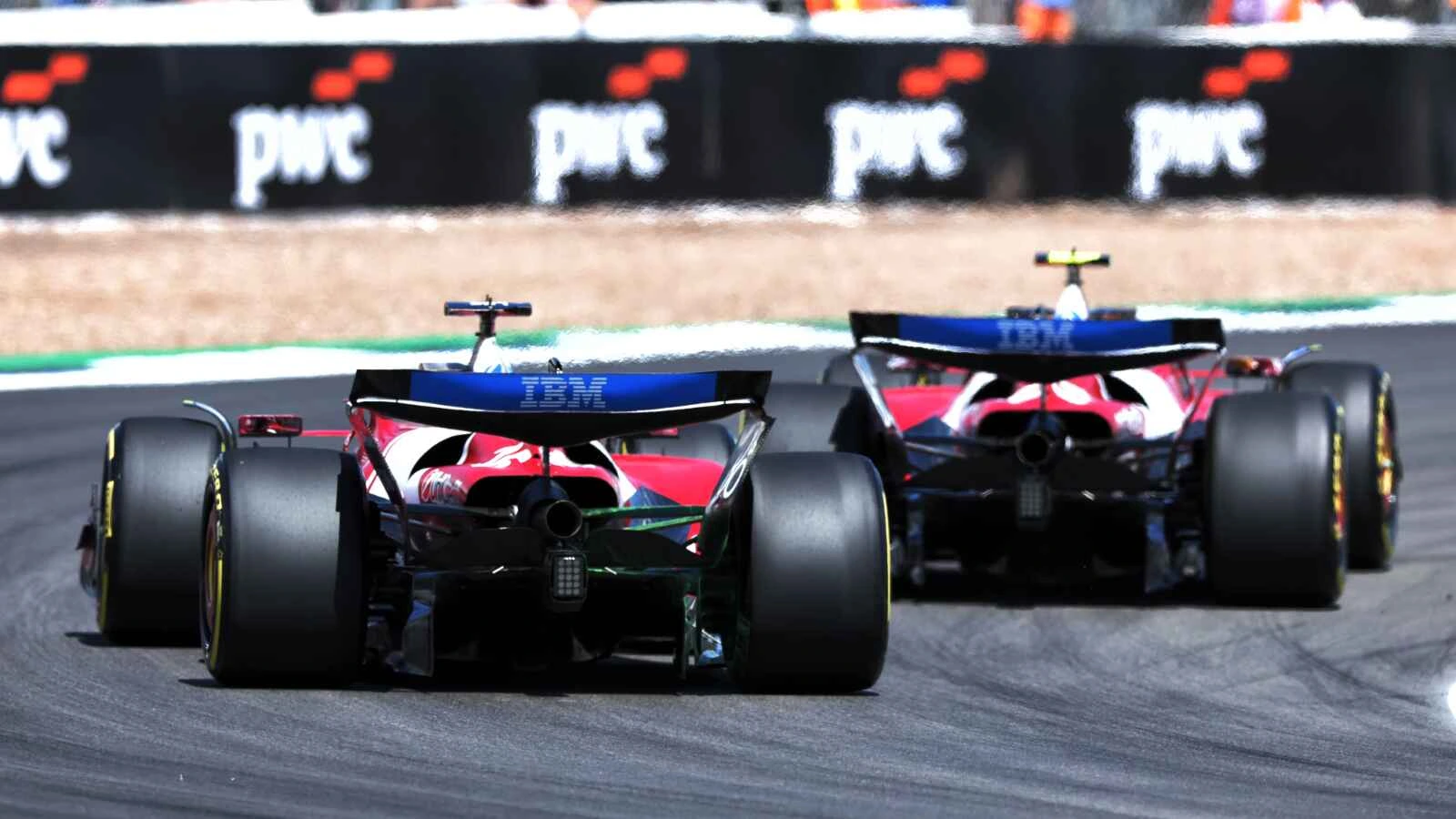


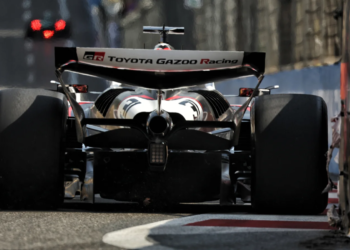
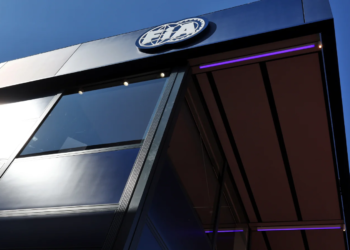
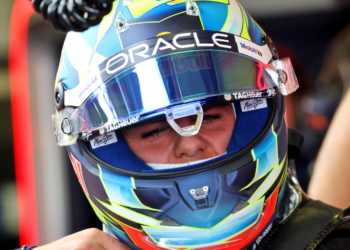
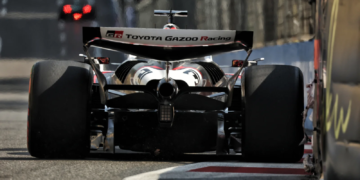
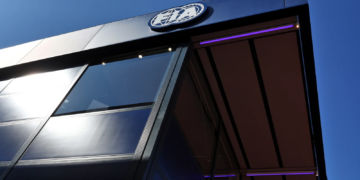

Discussion about this post